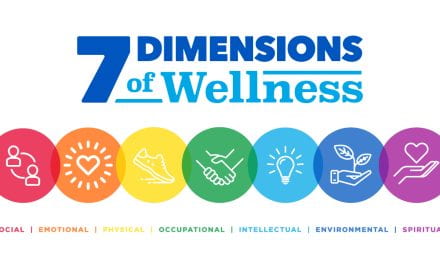What to consider after having a baby?
Now you are postpartum. Whether you had a caesarean or vaginal birth, your abdominal and pelvic floor muscles have been stretched and possibly damaged . While your goal might be to lose your baby fat, it is important to start by getting your core and pelvic floor muscles working properly again. Some kinds of exercise can create back pain, difficulty controlling urine/stool or dropping of the uterus and/or other pelvic organs. It is important to know when and how to begin exercising.
. While your goal might be to lose your baby fat, it is important to start by getting your core and pelvic floor muscles working properly again. Some kinds of exercise can create back pain, difficulty controlling urine/stool or dropping of the uterus and/or other pelvic organs. It is important to know when and how to begin exercising.
What is normal 0-8 weeks after delivery?
You may feel like your bottom is falling out. You may experience back pain, aching hips or pain in your pubic area. You may experience difficulty controlling urine, gas or stool. Your neck, arms, hips and back may be sore as you adjust to lifting and feeding your baby. This is an important stage of healing. Allow yourself time to adjust and listen to your body.
What can you do during this 0-8 week stage?
Use pillows to help support your back and baby during nursing and sitting for prolonged periods of time. Try to avoid slouching when you are sitting and standing. Begin to gently contract your pelvic floor muscles. This should not be painful if you use these muscles gently. Slowly increase the number of contractions. Start by holding each one for up to 5 seconds gradually building up to 10 seconds. Stretch your back, gluteals and shoulders. Rest is just as important, if not more important, than exercise at this stage so take time to adjust and get lots of rest.
What is normal 8+ weeks after delivery?
Your bleeding should have stopped and any tears or incisions should have healed. You should have control over your bladder and bowel movements and be pain free. This is when you can consider returning to your exercise practise and increasing your activity level. Before you do, make sure you go through the following “not normal” checklist to ensure you are ready.
What is not normal?
- Ongoing back, abdominal, groin or pain in the pelvic region
- Leaking urine, gas or stool when coughing, jumping, laughing, sneezing, walking, running, etc.
- Pressure or bulging in your vagina or abdomen
What to do if you have a symptom:
Get some advice from a physiotherapist. Symptoms do not usually go away on their own. In the meantime, avoid doing full sit-ups or any other core strengthening. Your core muscles likely need to be re-trained before they can be strengthened.
Generally, if you exercised right up until the end of pregnancy and you have none of the mentioned symptoms, you can probably safely perform your pre-pregnancy workout – or at least light exercise such as modified sit-ups and stretching. If you stopped exercising during your pregnancy or are a newcomer to fitness, it is better to resume exercise more slowly. Check with your doctor or midwife for their recommendations. Also, remember that your joints and ligaments will still be relatively loose for about three to five months, so you will need to watch your technique carefully and avoid taking exercises to their full range of motion.
What about exercise classes?
Apart from abdominal exercises, pelvic floor exercises and brisk walking, you should wait until after your six-week postnatal check before attending classes. Make sure to join an exercise class taught by a specialist in the field of postnatal exercise or find a low-impact class with plenty of toning and stretching and let the instructor know you just had a baby. MacEwan University is offering post-natal classes including, Mom & Baby Aqua Fit, a shallow water class incorporating babies. Mom & Baby Core Restore is a fitness class focusing on core stabilization and abdominal and pelvic floor strengthening exercises. These classes will be led by instructors who are trained and hold certifications in the field of pre-and post natal exercise. If you are looking for one-on-one training, consider hiring one of MacEwan University’s certified exercise specialists who have experience in this specialized field.
by Cindy Hunt
Cindy Hunt is certified with the Canadian Society for Exercise Physiologists as a Certified Personal Trainer. She has a Bachelor of Arts degree and graduated with Honours from the NAIT Personal Fitness Training Program. She holds numerous group fitness certifications. Her passion lies in motivating others to get active and pursue a healthy lifestyle. She has worked with athletes, dancers, aquafit participants, pre and post-natal woman, older populations and anyone who is looking to reach their fitness goals.


